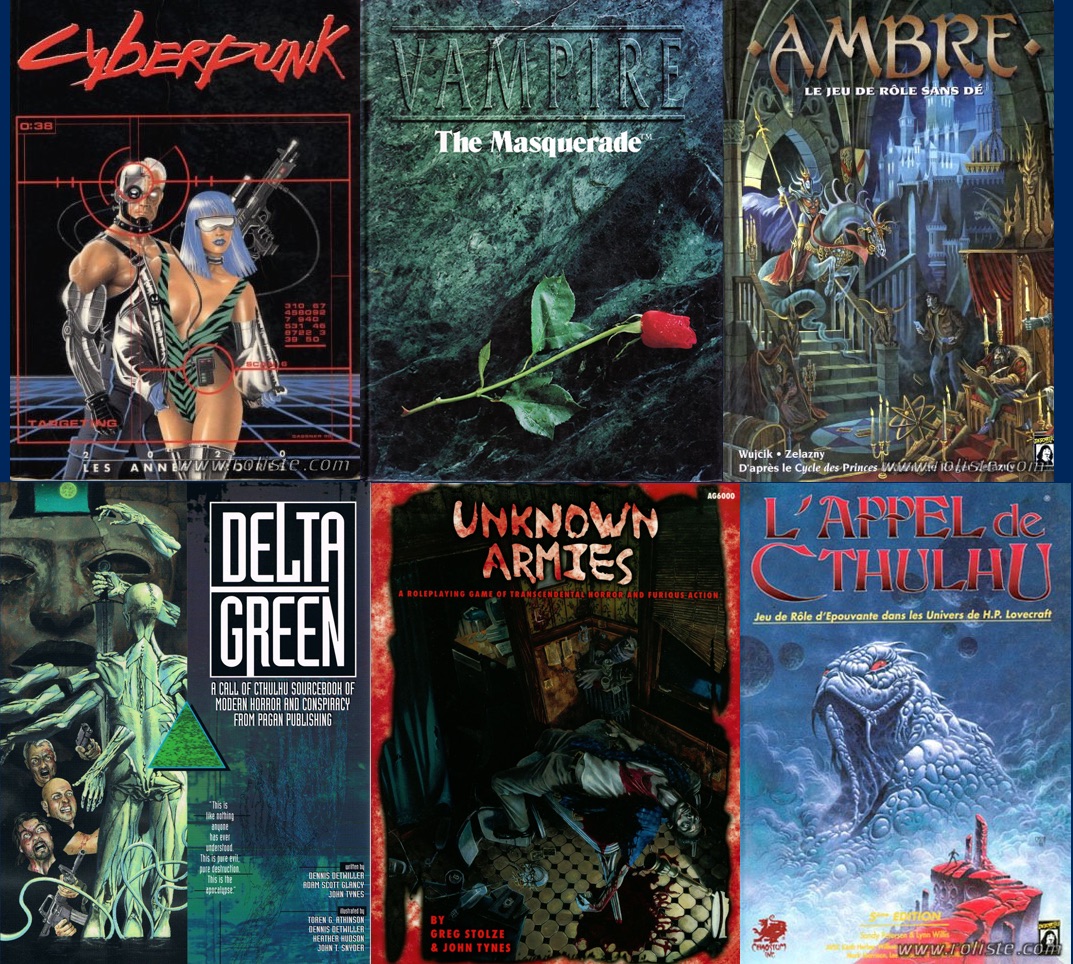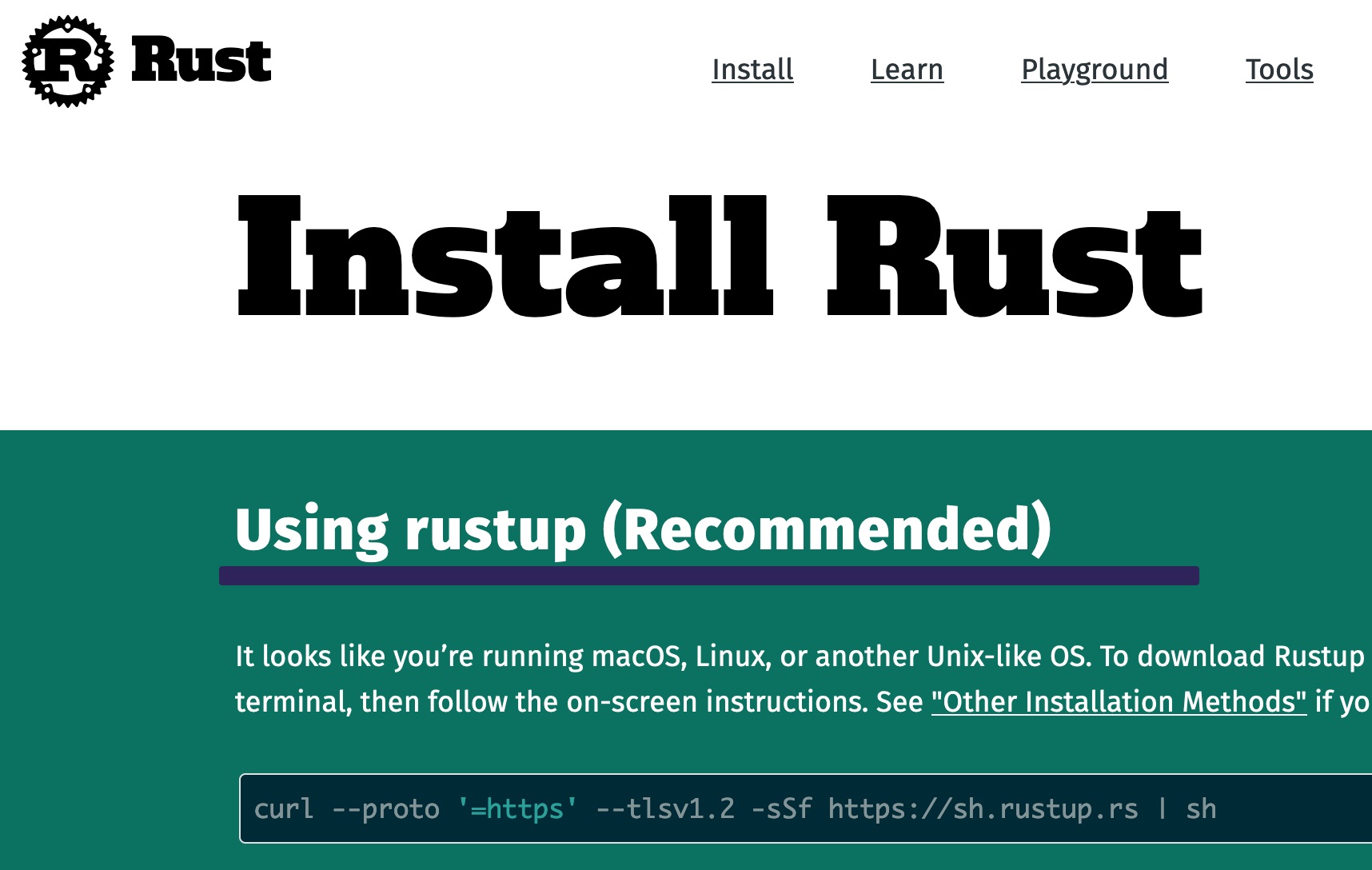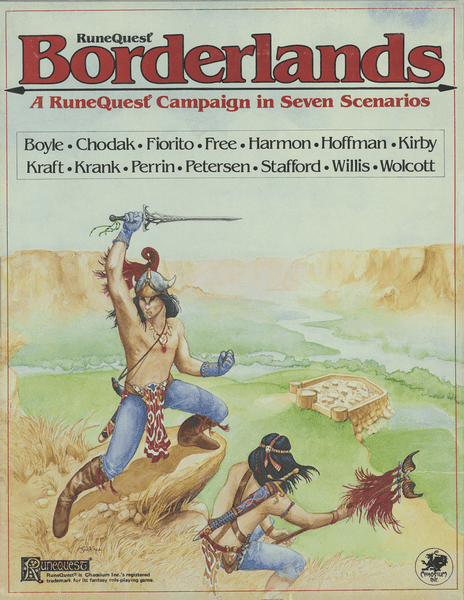The April chocolate is here, courtesy of Origins Chocolate Bar! I’ll be happy to keep sampling some Qantu, and definitely intrigued by a brand called “the Chocolate Conspiracy” 😅

The April chocolate is here, courtesy of Origins Chocolate Bar! I’ll be happy to keep sampling some Qantu, and definitely intrigued by a brand called “the Chocolate Conspiracy” 😅

Hard to pick my #RPGDNA without flip-flopping between titles… here we go before I change my mind:
Call of Cthulhu
Amber Diceless RPG
Cyberpunk 2020
Delta Green
Unknown Armies
If you can’t recognize the cover, it’s the French version 😉

Current status: about to try the kool-aid…

We just (re)watched Aladdin, and it’s as good a time as any to introduce the kids to philosophy, right? https://existentialcomics.com
From the Grognardia blog, which takes short looks at old-school RPG products:
My love is boxed sets is well known. I strongly believe that the shift away from them had a negative effect on the hobby’s self-identity, leading to the publication and purchasing of more and more “game” products that were, in fact, never used at the table at all but instead simply read. I understand why, for pragmatic reasons, boxed sets largely died out, but that doesn’t change the fact that I wish there were more of them available today, as they were in my younger days.
This is the introduction to the nice capsule review of Chaosium’s Borderlands campaign for RuneQuest (from 1982) which was originally a boxed set and, ironically enough, was made available again recently as a Print-On-Demand book.

The nostalgia over boxed-sets seems to be widespread among old gamers, as I’ve seen other similar comments elsewhere online these past couple years. I don’t have this nostalgia because, frankly, the move away from boxed sets happened long ago. I started gaming in the 90s, when Vampire and Cyberpunk 2020 were simple hardback books. Even the then current 5th edition of Call of Cthulhu (which started as a boxed set) had already morphed into a simple hardback book a couple revisions ago.
My very first RPG, however, The Dark Eye, did come in boxed sets in its French version. I liked how these boxes provided a variety of materials beyond just pages of adventures… for instance, the wonderful vinyl maps of Havena!
From what I’ve gleaned from publishers posting online about this topic, boxed sets seem tricky to make for a variety of reasons. The production of multiple booklets is obviously more complicated and costly than a single book. The box itself is another layer of additional costs and headaches and, as anybody who’s been on the second-hand market can attest, rarely age well, in addition to being prone to damage during shipping. Shipping is more expensive due to the empty space in the box (which a simple book wouldn’t take). Last, some countries have higher taxes for “boxed games” compared to books.
But boxed sets have made a come back in the last decade that many people seem to be missing: as Starter Sets. These are geared towards new players so it’s not surprising that grognards haven’t necessarily noticed, but it’s pretty clear that the industry has standardized around this form-factor for now. For instance, if we want to keep talking about RuneQuest for a bit, Chaosium has announced an upcoming RuneQuest Starter Set which will be, of course, a boxed set. But take a look at what Chaosium President Rick Meints looked at for his market research:

Looking at my own library, I also spot boxes for the Alien RPG Starter Set and the Traveller Starter Set. Plus a collection of miscellaneous boxed sets: some more Traveller, Mausritter, Dungeon Fantasy RPG, Deadlands Savage Worlds Edition, etc. So I would say if boxed sets had “largely died out”, that happened in the 90s and 2000s, and that they’re actually on their way back now.
As for the RuneQuest Borderlands campaign, your trivia for the day is that one of the credited authors on the box is a teenage Reid Hoffman, the founder of Linked-In, who supposedly still keeps up with the latest RuneQuest line in this limited spare time…
Apparently this year’s cherry blossom was the earliest ever since the year 812. The trend is pretty clear… https://www.datagraver.com/
Cell A is currently investigating if these new techniques also work on “real” memories. Tying loose ends with only 15% to 25% of lethal solutions would be greatly beneficial to the organization #DeltaGreen #ttrpg https://gizmodo.com
…and somewhat related to that last article, it looks like we even waste more food than the Americans. Boooo Canada. https://www.cbc.ca
The US is still doing better than us in a few things, like, very surprisingly, nutritional information labels… ugh. Well, you shouldn’t eat much packaged food anyway, cooking is more fun! https://www.cbc.ca
I got nostalgic when I saw ICQ and Winamp, but I got horrible flashbacks of my very first junior year as a dev when I saw the Visual C++ screenshots 😱 https://dmitryelj.medium.com